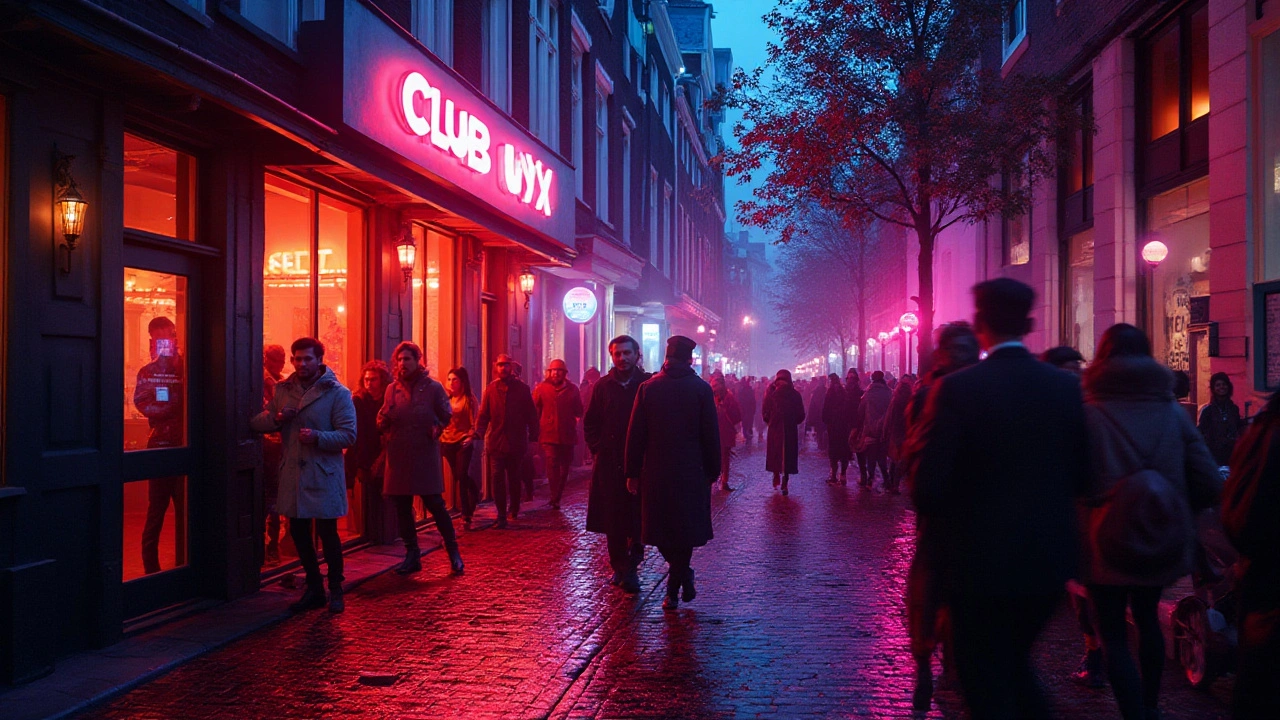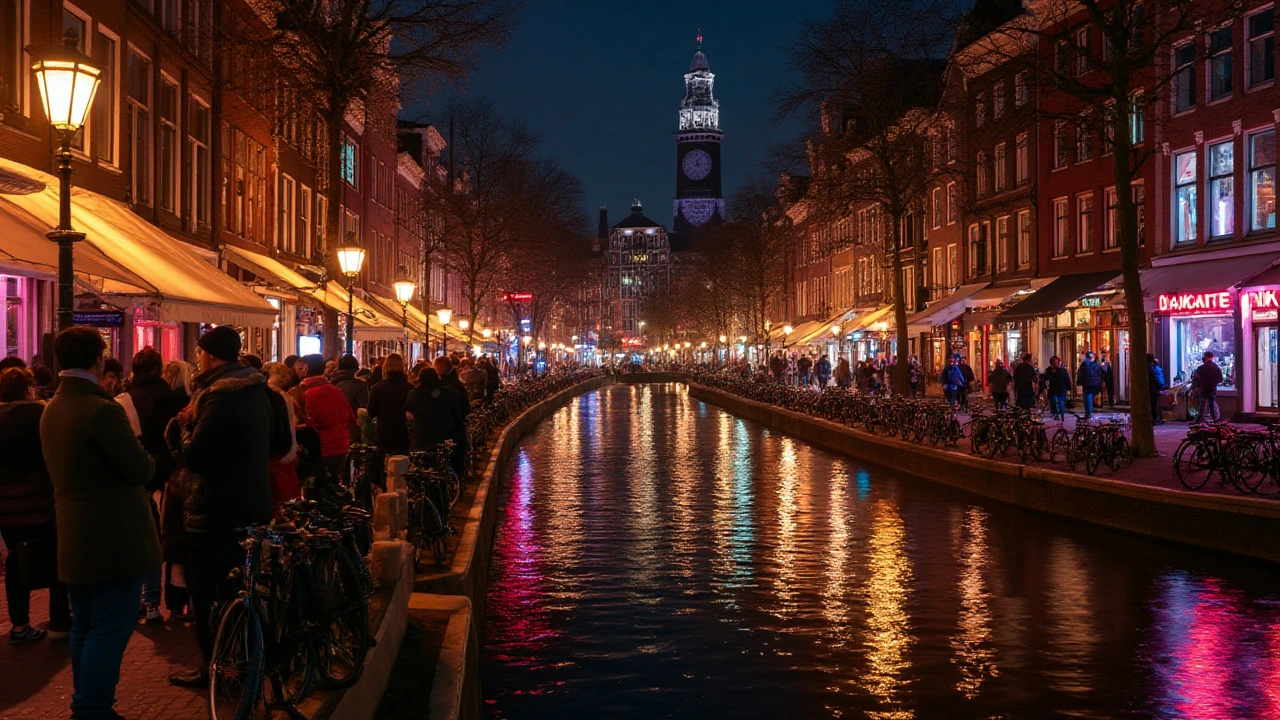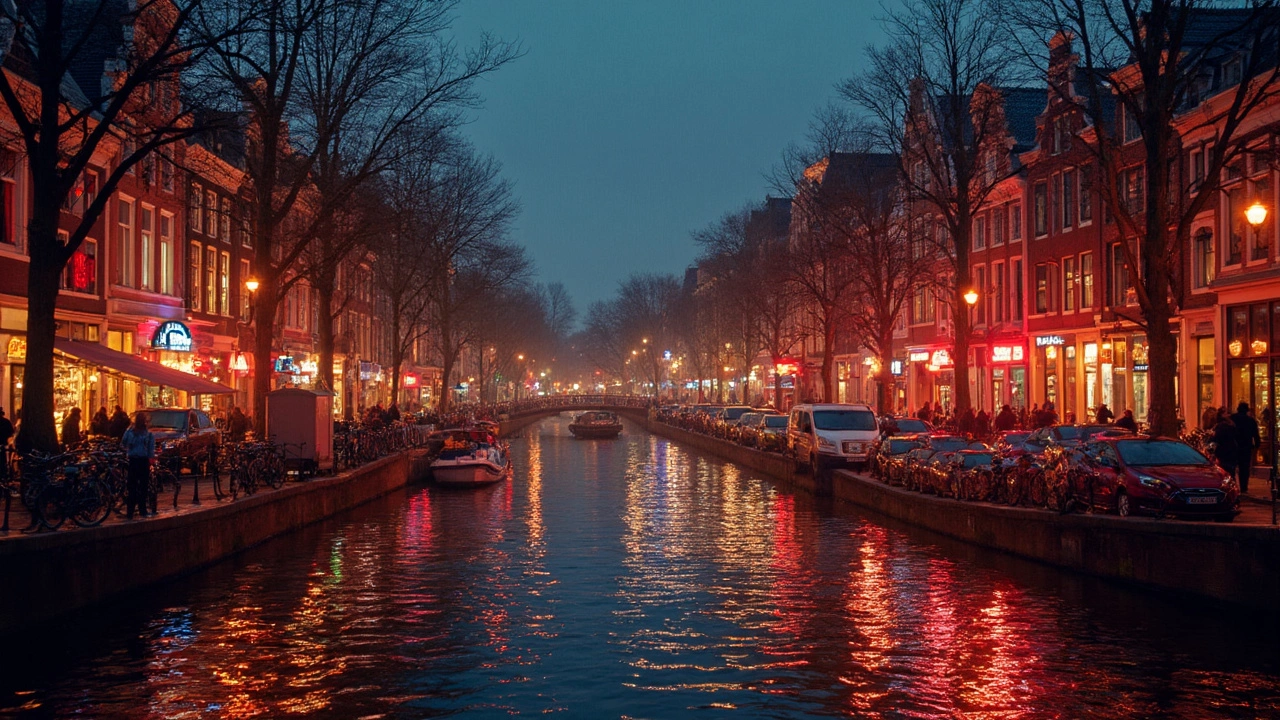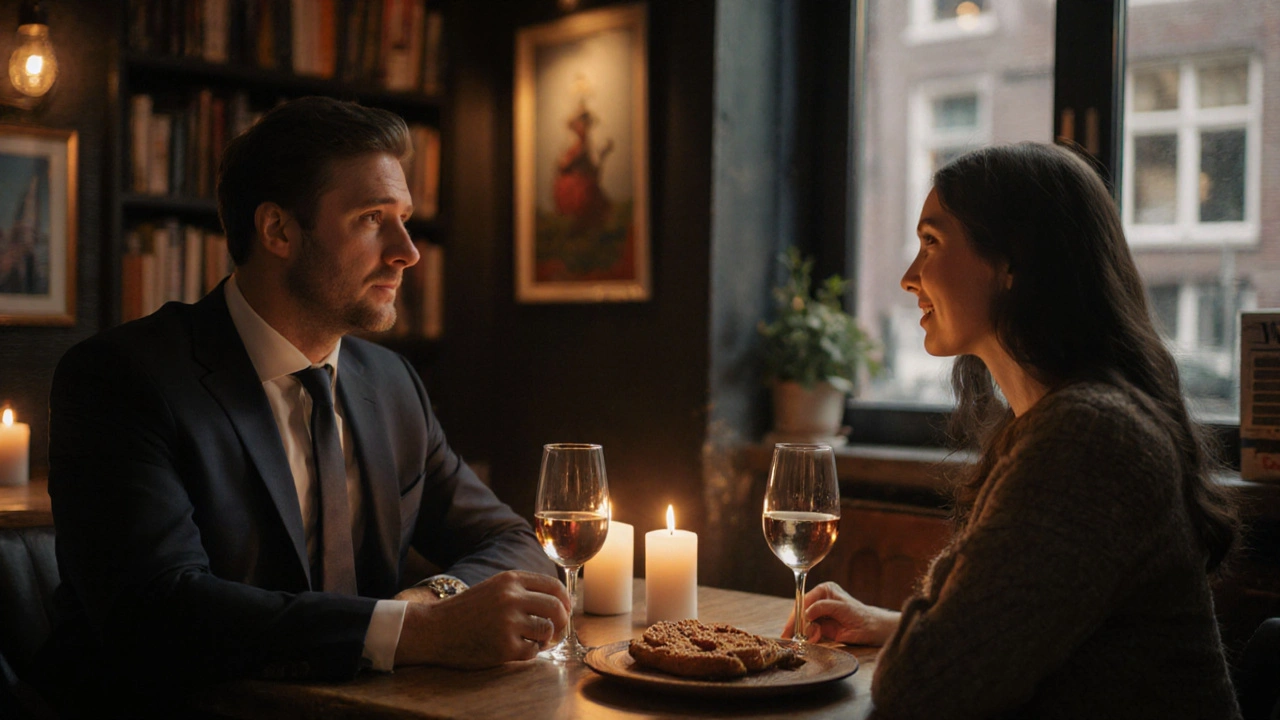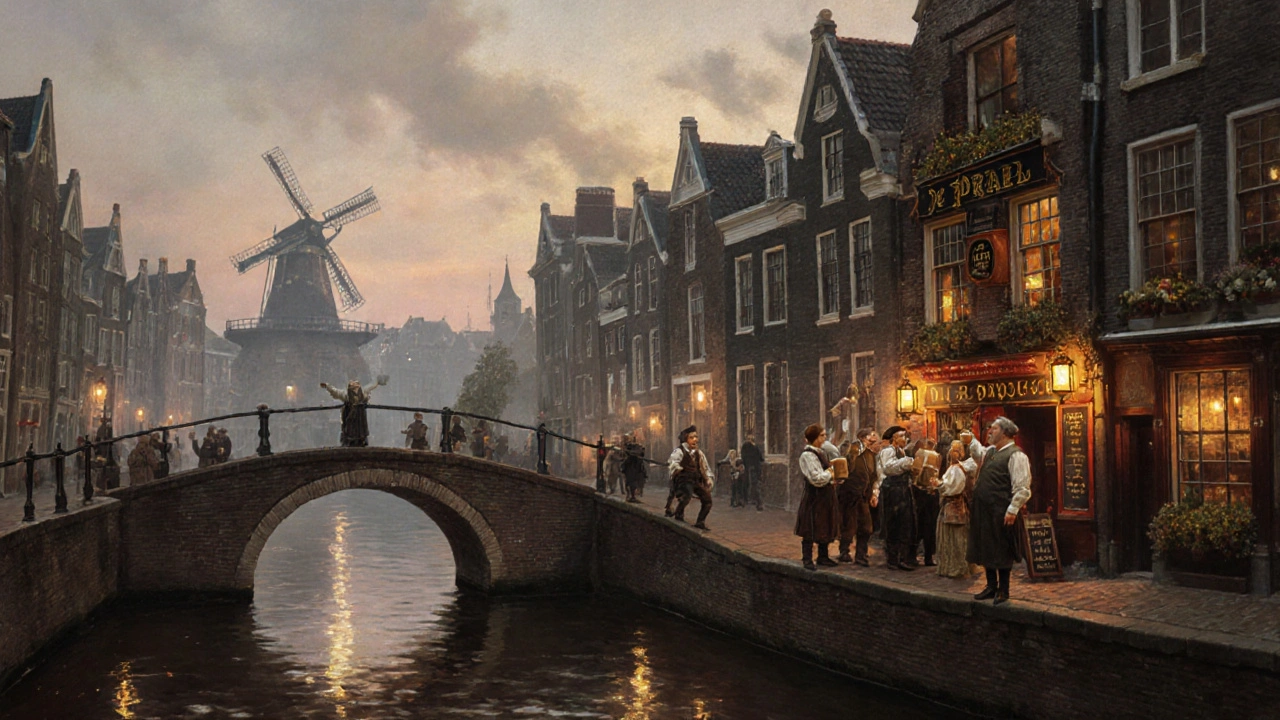
Quick Takeaways
- Pub crawls began as community celebrations tied to local festivals and guilds in the Netherlands.
- Amsterdam’s canal network and historic breweries shaped the early routes.
- The 1970s student scene turned crawls into organized social events.
- Today’s crawls blend technology, themed experiences, and sustainability.
- Practical tips for joining or organizing a crawl in Amsterdam are included.
When you think of a night out in Amsterdam, the image of winding canals, buzzing cafés, and a row of cozy bars probably comes to mind. That vibe has been refined over centuries through what locals now call a pub crawl - a guided journey from one drinking venue to the next, usually with a social or thematic purpose. From medieval guild celebrations to Instagram‑driven itineraries, the Amsterdam pub crawl has morphed into a cultural staple that reflects the city’s evolving spirit.
Origins: Early Gatherings Around the Canals
Back in the 17th‑century Dutch Golden Age, the bustling ports of Amsterdam a capital famous for its canals and trade hosted seasonal festivals where workers hopped between taverns to celebrate successful voyages. These events weren’t called "pub crawls" yet, but the principle was the same: a group moving together, sharing drinks, and strengthening community bonds.
Many of the original taverns still exist, now operating as historic brewery facilities that produce locally‑crafted beer, often using traditional methods or cozy bars small drinking establishments found along the canals and in neighborhoods like Jordaan. Places such as De Prael and Brouwerij ‘t IJ trace their roots to these early communal celebrations, offering a living link to the city’s drinking heritage.
Mid‑20th Century Shift: Student Movements and Organized Routes
The 1960s and 1970s saw a surge of international students enrolling at the University of Amsterdam and Vrije Universiteit. These students brought a taste for organized social outings, inspired by the British "pub‑crawl" concept that had already taken hold in the UK.
Student societies began mapping out routes that combined historic venues with newer spots near the Red Light District a nightlife hub famed for its nightlife and eclectic bars. The goal was simple: experience a variety of atmospheres, from the smoky charm of a traditional Dutch coffee shop establishments where patrons relax over coffee, tea, or a soft drink to the livelier beats of a nightclub on Leidseplein.
These early organized crawls were often printed on flyers and posted at university notice boards, paving the way for the first “official” pub‑crawl itineraries that still circulate today.
Modern Renaissance: Tech‑Driven Themes and Sustainable Practices
Fast forward to the 2020s, and the pub crawl has become a high‑tech, hyper‑themed experience. Mobile apps now let participants check in via QR codes, earn digital badges, and share real‑time updates on social platforms. Companies like Amsterdam Crawl Co. and Urban Trail offer curated tours that focus on specific interests: craft‑beer tasting, historical storytelling, or even “green” crawls that prioritize venues with eco‑friendly practices.
One standout example is the “Zero‑Waste Brew Tour,” which partners with breweries such as Brouwerij De Molen a sustainable brewery known for its low‑carbon footprint. Participants receive reusable glasses, and each stop highlights how the establishment reduces waste, recycles water, and sources local ingredients. The tour ends with a tasting of a limited‑edition beer brewed using surplus grain from earlier stops.
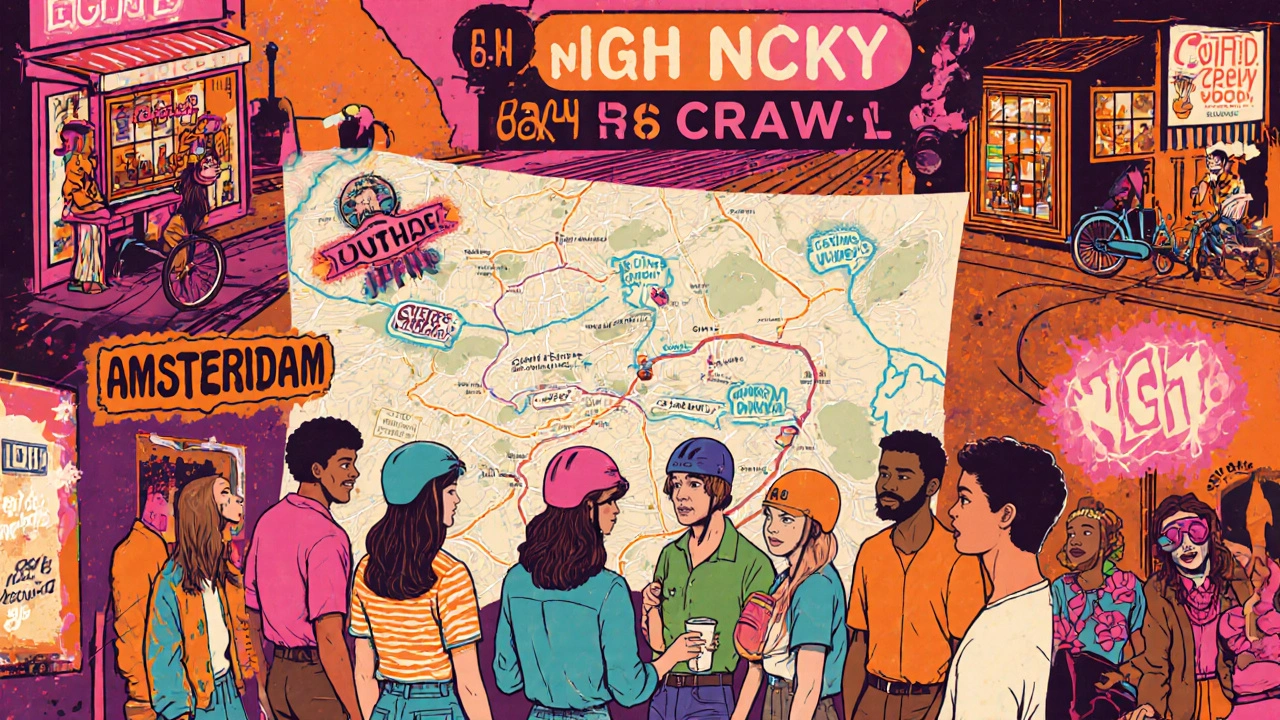
Comparing Traditional and Modern Pub Crawls
| Aspect | Traditional (17th‑19thC) | Modern (2000‑Present) |
|---|---|---|
| Purpose | Community celebration, guild rituals | Social networking, themed experiences |
| Planning | d>Word‑of‑mouth, handwritten mapsApps, QR check‑ins, curated itineraries | |
| Transportation | On foot, horse‑drawn carts | Bicycle rentals, public transport, boat tours |
| Drink focus | Local beer traditionally brewed ales and lagers | Craft beer, cocktails, non‑alcoholic mocktails |
| Audience | Local workers, guild members | Expats, tourists, millennials, sustainability enthusiasts |
| Duration | Half‑day celebrations tied to festivals | Evening events 3‑5hours, often timed for sunset over the canals |
Key Spots for a Classic Amsterdam Pub Crawl
If you want to feel the pulse of the city’s drinking heritage, start at Café Hoppe a historic bar dating back to 1670 located on Spui. From there, hop to The Waterhole a music‑laden pub near the Leidseplein known for live bands, then drift toward Bruine Kroeg ‘t Opstapje a tucked‑away brown bar offering local brews. End the night at Proeflokaal Arendsnest a specialist bar with over 100 Dutch beers on tap, where you can sample rare regional varieties.
Each stop is within walking distance, letting you soak up the iconic canal network of waterways that defines Amsterdam’s cityscape scenery. During summer months, many of these venues spill onto the streets, creating a lively outdoor vibe perfect for a night‑time stroll.
Designing Your Own Themed Crawl
Want to tailor a crawl to a specific interest? Here’s a quick blueprint that works anywhere in the city:
- Pick a theme - craft beer, jazz, historic pubs, or even a “green” crawl.
- Map 4‑6 venues that fit the theme. Use Google Maps to check walking distances; aim for 5‑10minutes between stops.
- Contact each bar ahead of time. Many offer group discounts or “crawl specials” if you reserve a table.
- Choose a transportation fallback - bike rentals from MacBike or a night‑bus pass.
- Create a simple handout or digital QR code that lists the route, a short description of each stop, and any required dress codes (some craft‑beer bars ask for casual smart attire).
For a craft‑beer focus, start at Brouwerij 't IJ a wind‑mill brewery offering a rotating tap list of local IPAs and stouts, then move to Two Chefs a taproom known for experimental brews and small‑plate pairings, and finish at De Drie Flesjes a micro‑brewery with a relaxed garden space. Each location serves a signature pint that tells a part of the city’s brewing story.
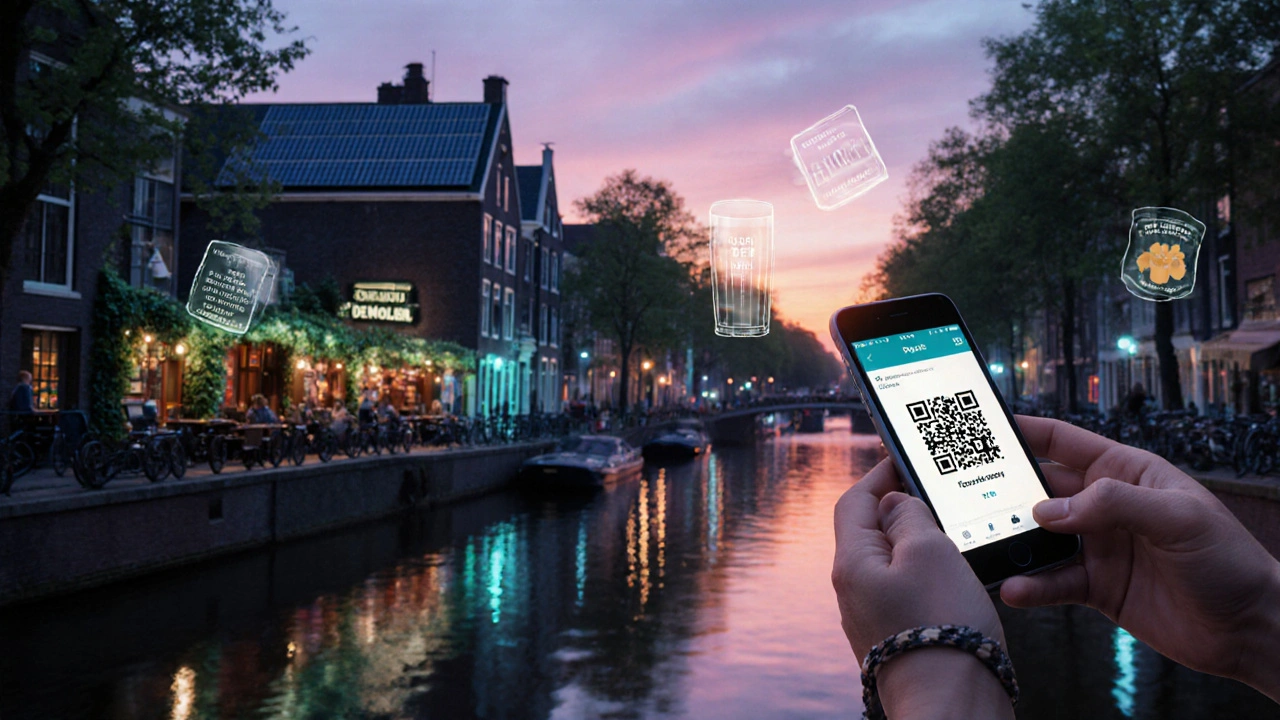
Safety, Etiquette, and Sustainability Tips
Amsterdam’s relaxed vibe can sometimes mask the need for responsible drinking. Here are practical pointers:
- Stay hydrated - many bars provide free tap water; accept it.
- Use the OV-chipkaart the public‑transport card that works on trams, buses, and metros for smooth travel between distant stops.
- Respect local customs: it’s common to order a pint usually 300‑500ml of beer, served in a glass rather than a large pitcher.
- Dispose of waste in recycling bins - Amsterdam scores high on environmental standards, and many venues support zero‑waste initiatives.
- If you’re an expat or tourist, learn a few Dutch phrases like “Alstublieft” (please) and “Dank u” (thank you) to show respect.
Future Trends: Where Pub Crawls Are Heading in Amsterdam
Looking ahead, a few patterns are already emerging:
- Virtual‑augmented reality (AR) overlays: Companies are testing apps that pop up historical facts when you point your phone at a historic bar façade.
- Hybrid daytime‑night crawls: Combining a brunch stop at a café like Bakers & Roasters a popular brunch spot known for coffee and pastries with an evening beer tour.
- Inclusivity‑focused routes: Curated itineraries that highlight LGBTQ‑friendly venues, wheelchair‑accessible bars, and family‑safe spots.
- Seasonal micro‑crawls: Short, pop‑up routes tied to events like King’s Day, Pride, or the International Film Festival, featuring limited‑edition drinks.
All of these trends keep the pub crawl fresh while honoring the deep‑rooted social fabric that started centuries ago along the canals of Amsterdam.
Frequently Asked Questions
What is the best time of year for a pub crawl in Amsterdam?
Late spring through early autumn offers pleasant weather and extended outdoor seating at many bars. However, special events like King’s Day in April or the Pride parade in August also create vibrant crawl atmospheres.
Do I need to book ahead for a group crawl?
It’s wise to contact venues for groups larger than 8-10 people. Many bars reserve private rooms or offer a "crawl package" that includes discounted drinks.
Are there non‑alcoholic crawl options?
Absolutely. Several operators run "mocktail" crawls featuring craft sodas, specialty coffees, and Dutch teas. The "Zero‑Waste Brew Tour" also highlights non‑alcoholic brews.
How can I stay safe while hopping between bars?
Stick to marked pedestrian routes, keep an eye on your belongings, and use the OV‑chipkaart for reliable public transport. Always have a designated driver or use a bike‑share service if you plan to drink heavily.
Can I incorporate historic tours into a pub crawl?
Many guides combine short history snippets at each stop. Some apps even provide audio clips about the building’s past, turning a regular crawl into an educational experience.

